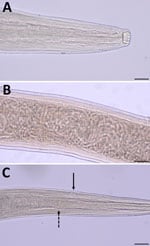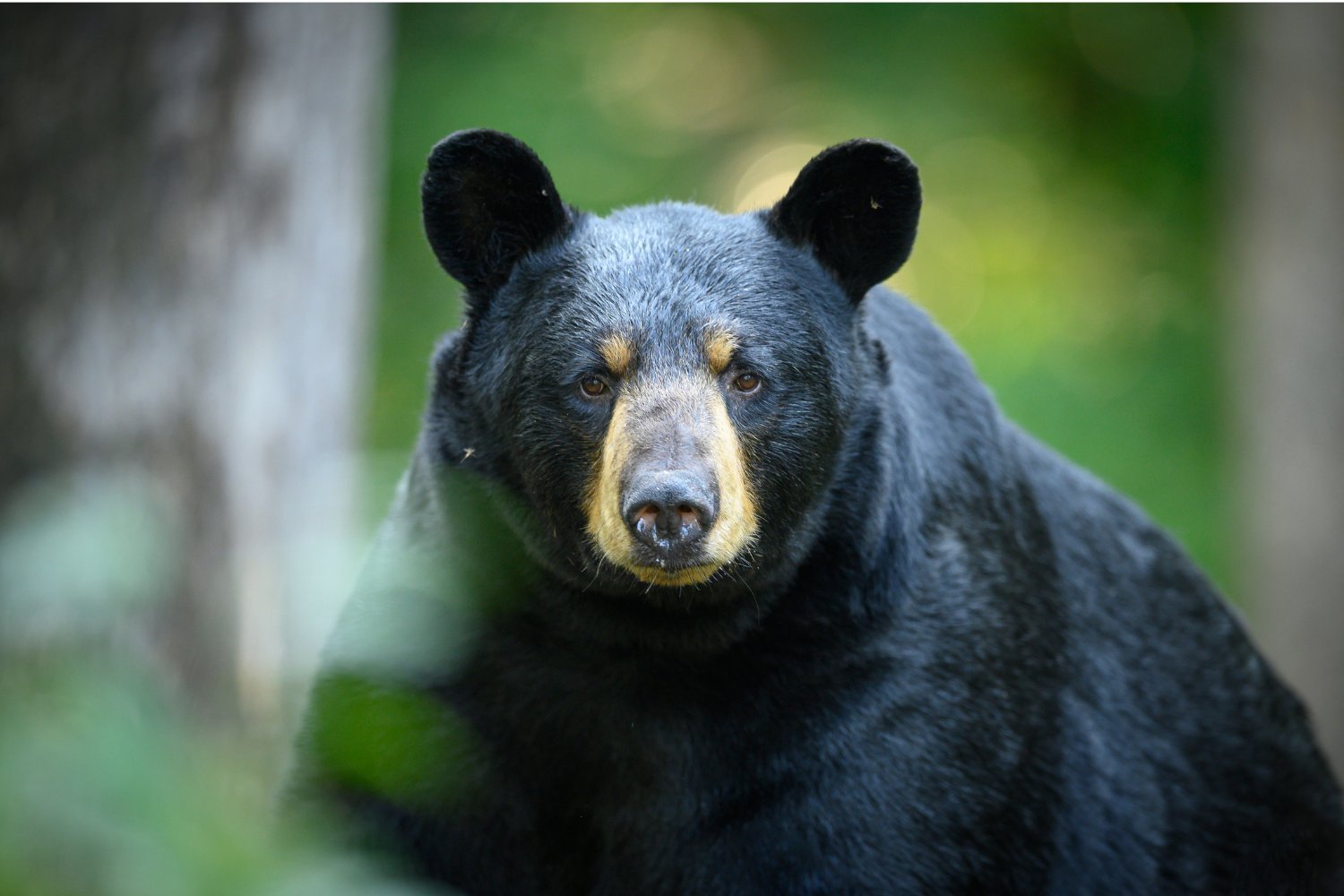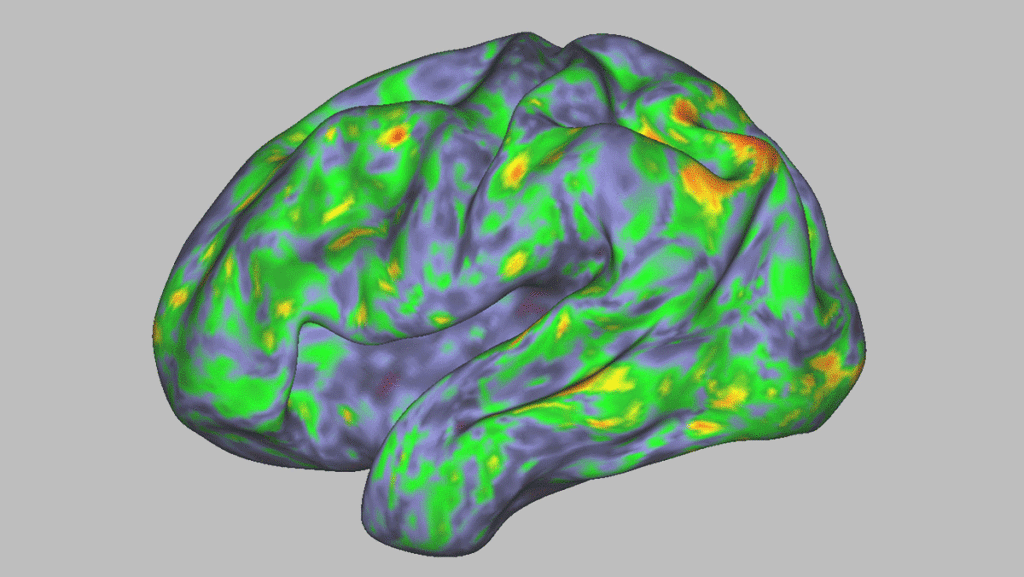The invasive parasitic eyeworm, Thelazia callipaeda, is expanding its reach in the U.S., infecting new animal hosts. Scientists recently documented the first known case of this roundworm in an American black bear from Pennsylvania, raising concerns about its growing population and range, with potential implications for pets and humans.
Thelazia worms are transmitted by flies resembling common houseflies, but with a predilection for animal bodily fluids, particularly tears. Larvae travel from infected eyes via these flies, mature in the fly’s gut, migrate to its mouth, and are then deposited into the eyes of a new host. The cycle continues as the worms mature, mate, and produce larvae in the new host’s eyes.
Of the three Thelazia species known to infect humans, T. callipaeda is the most prevalent. While historically confined to Europe and Asia, the first locally acquired U.S. case in a dog was reported in New York in 2018. Subsequent cases in cats and dogs, primarily in the Northeast, have followed. This latest discovery, published in Emerging Infectious Diseases, details the infection in a black bear harvested in Monroe County, Pennsylvania, in November 2023.
 One of the female Thelazia callipaeda worms seen in the bear’s eye.
One of the female Thelazia callipaeda worms seen in the bear’s eye.
During taxidermy preparation, nematodes (roundworms) were observed behind the bear’s third eyelid. Examination revealed nine female and four male T. callipaeda worms. Genetic analysis confirmed the species and indicated a close relationship to worms from other North American cases and a moderate link to European cases. Two other bears from the same region were also reported with eyeworms, although these worms weren’t collected for study.
This finding suggests T. callipaeda has successfully transitioned from domestic animals to wildlife in North America, with its range expanding to Pennsylvania. The involvement of black bears, widely distributed across the continent, is particularly concerning.
The researchers emphasize the potential public health risk: “Given the bears’ extensive geographic distribution and frequent and close interaction with humans and pets, thelaziosis in the black bear population raises concerns about the rapidly increasing incidence and geographic range of T. callipaeda eyeworms in the United States.”
Further research is needed to determine the role of bears and other wildlife in the worm’s transmission. However, given the wide range of T. callipaeda hosts in Europe, including carnivores, omnivores, and lagomorphs (rabbits and hares), its establishment in the U.S. poses a threat to various species, including endangered animals, humans, and pets. This concern is amplified by the recent emergence of Thelazia gulosa, another eyeworm, with the first human cases reported in the U.S. a few years ago.











